PRINT MEDIA IN A WORLD STRIVING FOR SUSTAINABILITY

By Ines Couto-Felix
Media has undoubtedly become the biggest communicator of global exchanges and an international resource of information. Amongst this mass of communication, the conversation of climate change and sustainability has become a popular contemporary issue as the world becomes more environmentally conscious.
It is no wonder then, that the practices within Media are now being questioned themselves.
Print media has been a staple of various communication channels for centuries, in particular, its integral tangibility in the world of advertisement. However, in order to achieve its physical presence, it has to be produced in a medium that can be both held and touched. Leafleting is a prime example of the tangible form of print media that has, until now, fallen into the bad books of sustainability.
Sustainability refers to the ability of meeting needs of the present without compromising that of those in future generations. When merged with conversations of print media, this means considering all environmental impacts of both producing and consuming printed materials.
Here at The Leaflet Company, our long standing advertising practices with Door Drop have meant we have been able to source and print on paper that is: FSC accredited, recyclable for up to 8 times and harvested from a sustainable source. Our integral, sophisticated and predictive planning models have also meant we are able to create bespoke leaflet plans in hand with audience segmentation for carefully devised targeting approaches. This has favoured our sustainable practices; with printing on demand, there is no overproduction of leaflets that could have otherwise harvested unnecessary waste.
Printed media is also a vital part of accumulating both offline and online audiences, with many brands now establishing creatives that include QR codes easily scanned by your mobile phone. While digital media is also not traditionally associated with sustainability, the production and disposal of electronic goods and services require the same, if not more, processing of raw materials that can have significant environmental impacts.
When it comes to paper, the main environmental concern that plays on many minds is deforestation. It is a common misconception that paper equates to this. Print is, in fact, the only communications media with a one-time carbon footprint, and paper accounts for less than 14% of the world’s harvested timber. According to Forest Europe, recent sustainable practices pushed by the UK has also meant 80% of paper comes from European forests, minimising the carbon footprint of a leaflet right from its point of harvest, all the way to your letterbox.
Paper is recognised as the first recorded recyclable material and the most commonly recycled in modern day, which has fundamentally helped build the recycling system of everyday lives. This has also meant its advancements in the recycling world are increasingly innovative in comparison to its neighbouring materials, with paper production itself creating an array of sustainable jobs and encouraging the world of commercial efficiency. In addition to these measures, print media can alternatively be used as a force to drive and educate around environmental issues. Whether publishing articles or promoting that your leaflet can be recycled, it is all about the encouragement for consumers to adopt more sustainable behaviours.
Nevertheless, print media cannot be dismissed in the conversation of sustainability despite all its developments. Environmental impacts can continue to be reduced, and in hopes of our climate, completely diminished. By continuing these supportable practices, ensuring the industry is fully equipped with the latest research and insights, and by working with our select print partners across Media Concierge, we can work towards a sustainable future for both print and digital media.
If you would like to know more, please contact us today
T: 020 7583 2010


